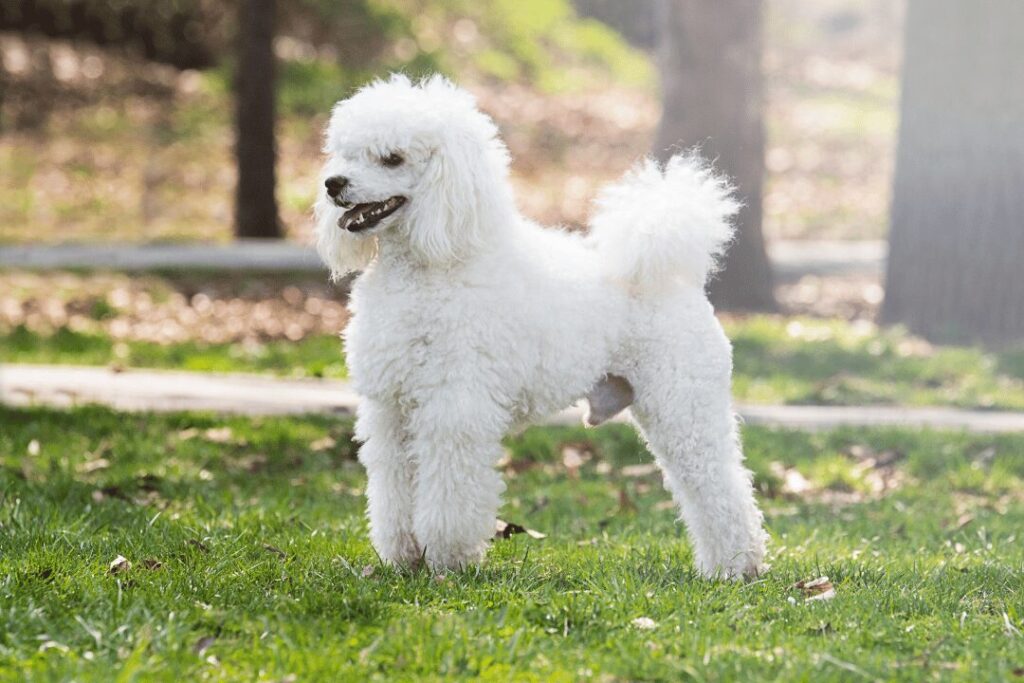
Walking your dog off-leash can be a liberating experience for both you and your furry friend. It allows your dog to explore and exercise freely, fostering a sense of independence and adventure. However, off-leash walking comes with a set of responsibilities and etiquette that every dog owner must understand and adhere to. Ensuring your dog’s safety, the safety of others, and respecting public spaces are paramount. This handbook is designed to guide you through the essentials of off-leash etiquette, providing you with the knowledge and tools to confidently navigate off-leash areas while being a considerate and responsible pet owner.
1. Understanding Off-Leash Areas
Designated Off-Leash Parks and Areas Off-leash areas are designated spaces where dogs are allowed to roam without a leash. These areas are typically enclosed to ensure the safety of the dogs and other park-goers. Familiarize yourself with local off-leash parks in your area. Research their rules and regulations, and understand the layout before letting your dog off-leash.
Importance of Adhering to Local Laws Each municipality has specific laws regarding off-leash areas. These laws are in place to protect both dogs and people. Violating these laws can result in fines and other penalties. Always stay informed about the legal requirements and ensure you are in compliance. Respecting local laws shows that you are a responsible dog owner and helps maintain the privileges of using these areas.
Knowing Your Dog’s Temperament Not all dogs are suited for off-leash activities. Assess your dog’s temperament and behavior in various situations. Dogs with a history of aggression, anxiety, or poor recall may not be ideal candidates for off-leash adventures. Understanding your dog’s personality and limitations is crucial in determining whether off-leash walking is appropriate.
2. Preparing Your Dog for Off-Leash Adventures
Training Basic Commands Before attempting off-leash walks, ensure your dog has mastered basic commands such as sit, stay, come, and leave it. These commands are essential for maintaining control and ensuring your dog’s safety. Practice these commands regularly in a controlled environment until your dog responds reliably.
Recall Training Recall is one of the most important skills for off-leash dogs. Your dog must return to you promptly when called, regardless of distractions. Use positive reinforcement techniques to teach and reinforce recall. Start in a low-distraction environment and gradually increase the level of distraction as your dog’s recall improves.
Using a Long-Line Leash for Practice A long-line leash can be an invaluable tool for practicing off-leash behavior. It allows your dog to experience some freedom while still giving you control. Use the long-line leash in open, safe areas and gradually increase the distance as your dog demonstrates reliable recall and good behavior.
3. Off-Leash Etiquette in Public Spaces
Respecting Other Park Users Not everyone is comfortable around dogs. Always be considerate of other park users, including joggers, cyclists, and families. Keep your dog close and under control when encountering others. If someone appears uneasy or requests that you leash your dog, do so promptly and politely.
Approaching Other Dogs When approaching other dogs, always ask the owner’s permission before allowing your dog to interact. Not all dogs are friendly or well-socialized. Supervise interactions closely to ensure they remain friendly and play does not escalate into aggression. Be prepared to intervene and separate the dogs if necessary.
Cleaning Up After Your Dog Always carry waste bags and clean up after your dog. Leaving waste behind is not only unsanitary but also disrespectful to other park users. Proper disposal of waste helps maintain clean and enjoyable public spaces for everyone.
4. Ensuring Safety During Off-Leash Walks
Assessing the Environment Before letting your dog off-leash, assess the environment for potential hazards such as traffic, wildlife, and poisonous plants. Be aware of any bodies of water and ensure your dog is a competent swimmer if they might have access. Choose off-leash areas that are well-maintained and free from hazards.
Monitoring Your Dog’s Behavior Constantly monitor your dog’s behavior and body language. Be alert to signs of stress, fear, or aggression. If your dog becomes anxious or overstimulated, it’s best to leash them and remove them from the situation. Being attuned to your dog’s behavior ensures their well-being and safety.
Using GPS Tracking Collars A GPS tracking collar can provide an added layer of security during off-leash walks. These devices allow you to track your dog’s location in real-time, giving you peace of mind in case they wander too far or get lost. Investing in a reliable GPS collar can be a valuable safety measure.
5. Handling Challenges and Emergencies
Dealing with Aggressive Dogs If you encounter an aggressive dog, remain calm and avoid escalating the situation. Do not allow your dog to engage. Use a firm voice to command your dog to come to you and leash them immediately. If the aggressive dog approaches, use a barrier or object to protect yourself and your dog. Report the incident to park authorities if necessary.
Lost Dog Protocol In the unfortunate event that your dog gets lost, act quickly. Use your GPS tracking device if you have one. Enlist the help of other park users and contact local animal control and shelters. Social media can also be a powerful tool for spreading the word about a lost dog. Always ensure your dog has up-to-date ID tags and is microchipped for easier identification.
Health Emergencies Carry a basic first-aid kit during off-leash walks. Familiarize yourself with basic first-aid procedures for dogs, such as treating minor cuts, heat exhaustion, and snake bites. Know the location of the nearest emergency veterinary clinic and have their contact information readily available.
6. Building a Positive Off-Leash Experience
Positive Reinforcement and Rewards Use positive reinforcement to encourage good behavior during off-leash walks. Reward your dog with treats, praise, and play for following commands and behaving well. Positive reinforcement strengthens the bond between you and your dog and makes off-leash walks enjoyable and rewarding.
Gradual Exposure and Desensitization If your dog is new to off-leash walking, start with short, controlled sessions and gradually increase the duration and complexity of the environment. Gradual exposure helps your dog become accustomed to off-leash freedom without becoming overwhelmed. Desensitization to various stimuli, such as other dogs and people, can also reduce anxiety and improve behavior.
Creating a Routine Establish a consistent routine for off-leash walks. Regular, predictable outings help your dog understand what to expect and reduce anxiety. Consistency in timing, location, and activities builds confidence and reinforces good behavior.
7. Resources and Further Reading
Books and Articles Numerous books and articles provide in-depth information on off-leash training and dog behavior. Some recommended reads include “The Other End of the Leash” by Patricia McConnell and “Off-Leash Dog Play” by Robin Bennett and Susan Briggs. These resources offer valuable insights and practical tips for mastering off-leash etiquette.
Training Classes and Workshops Consider enrolling in training classes or workshops focused on off-leash skills and behavior. Professional trainers can provide personalized guidance and support, helping you and your dog navigate off-leash challenges. Group classes also offer opportunities for socialization and learning in a controlled environment.
Online Communities and Forums Online communities and forums, such as Reddit’s r/Dogtraining and various Facebook groups, provide a platform for sharing experiences, seeking advice, and connecting with other dog owners. These communities can offer valuable support and resources for mastering off-leash etiquette.
Mastering off-leash etiquette is an essential aspect of responsible dog ownership. By understanding the basics of off-leash behavior, preparing your dog adequately, and adhering to proper etiquette, you can ensure a positive and safe off-leash experience for both you and your dog. Respecting public spaces, considering other park users, and being prepared for challenges and emergencies are crucial components of off-leash etiquette. With patience, training, and commitment, you can enjoy the freedom and joy of off-leash walks while being a considerate and responsible pet owner.
